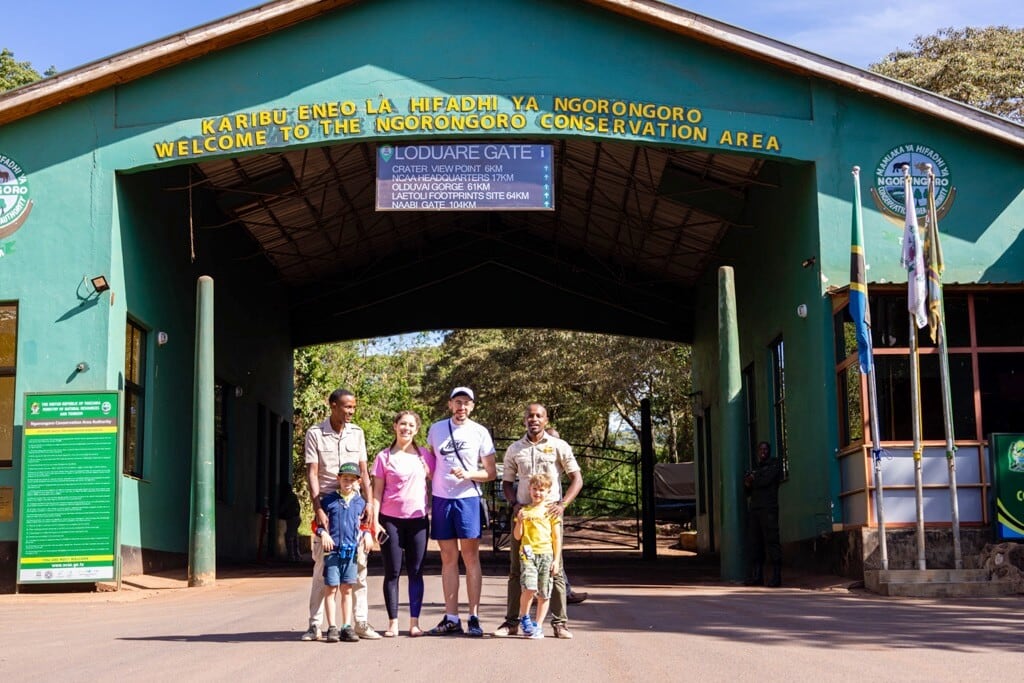
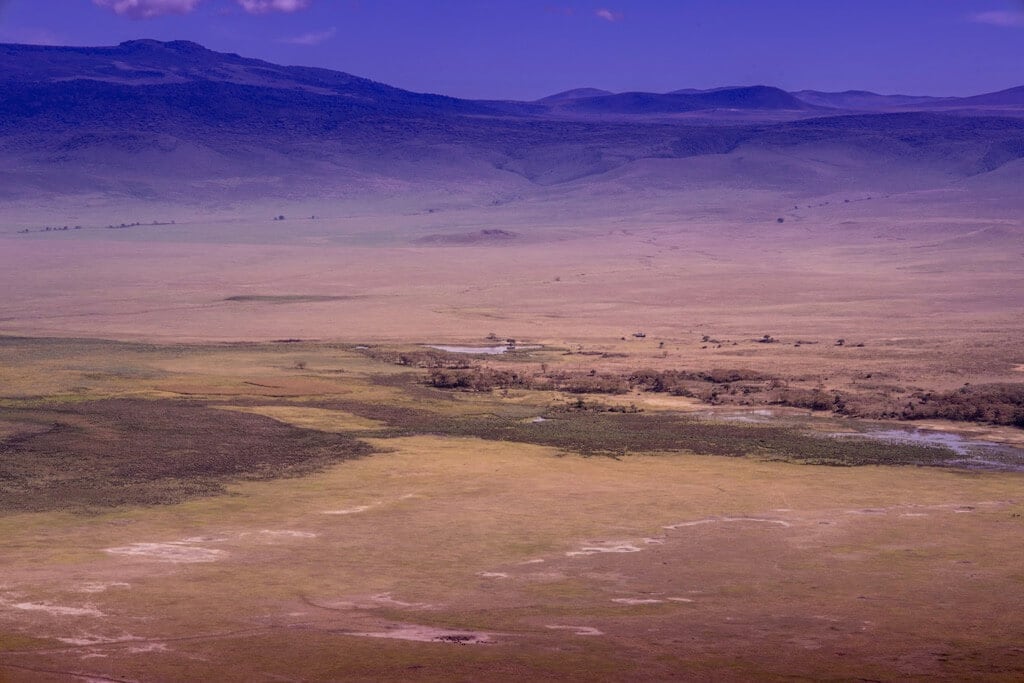
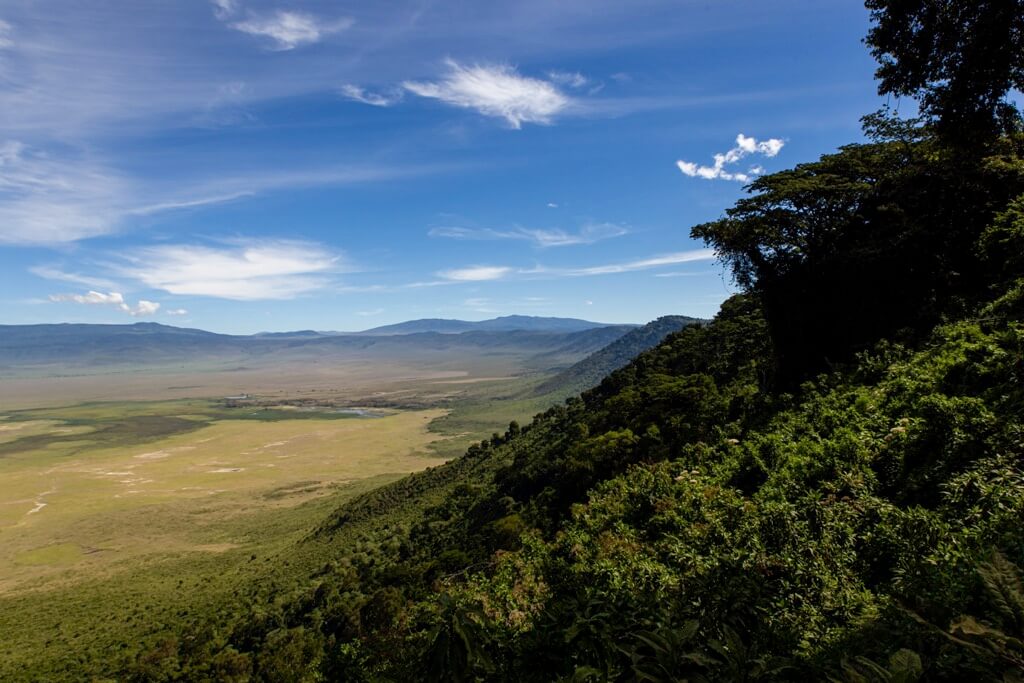
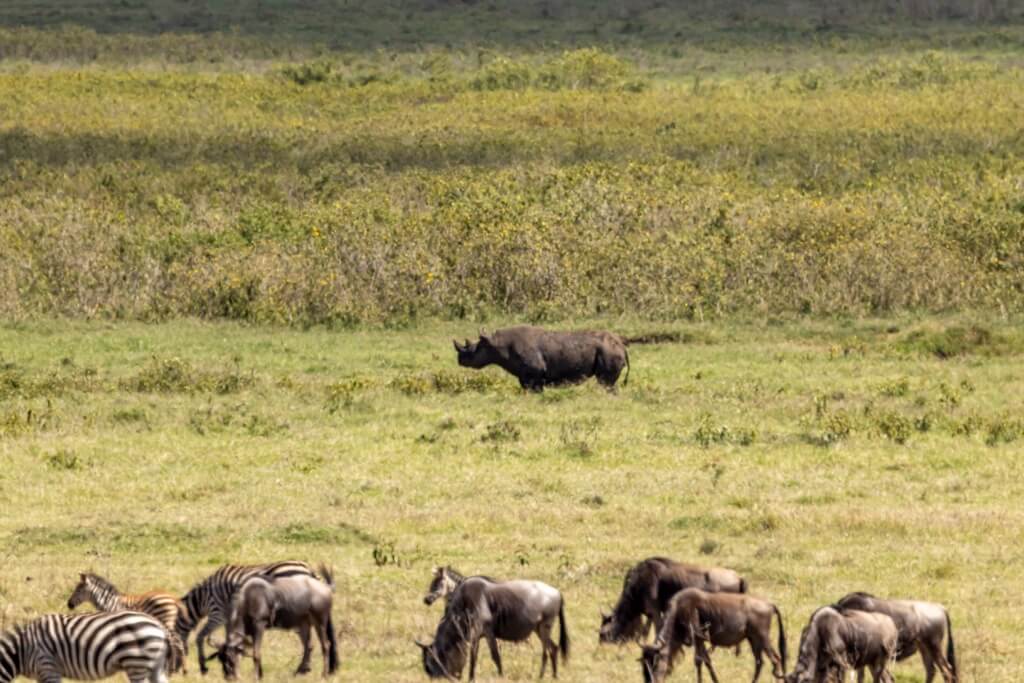

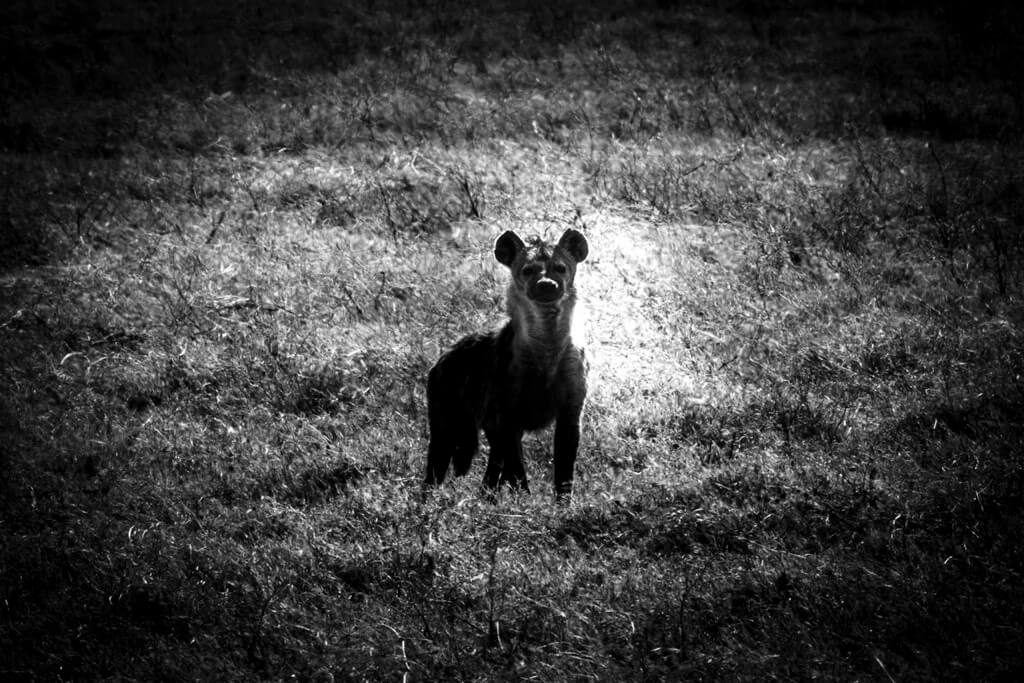


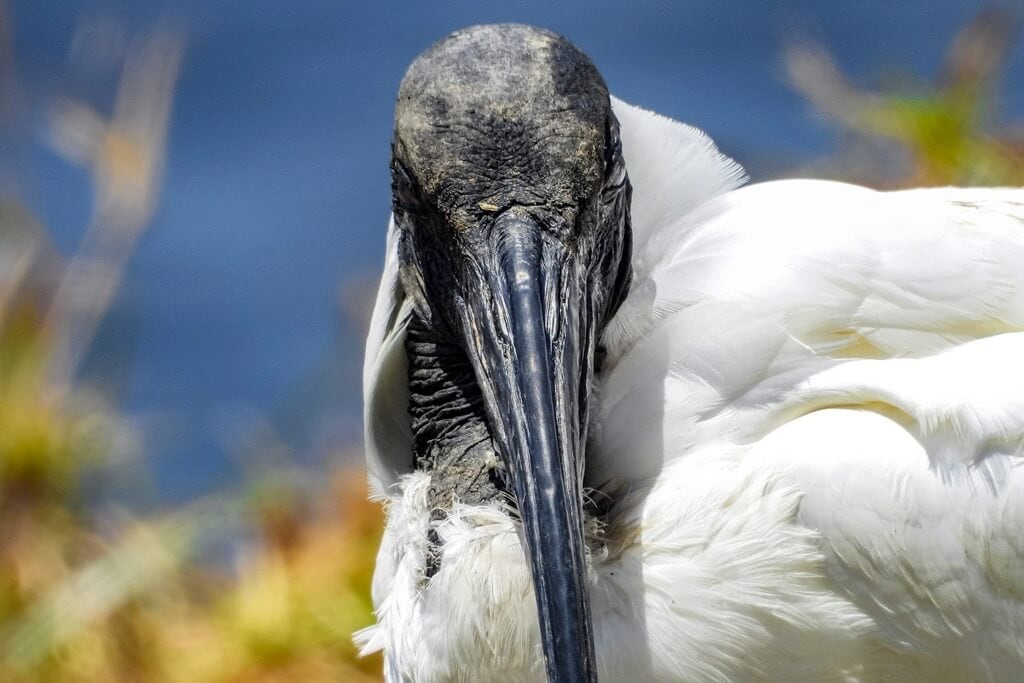

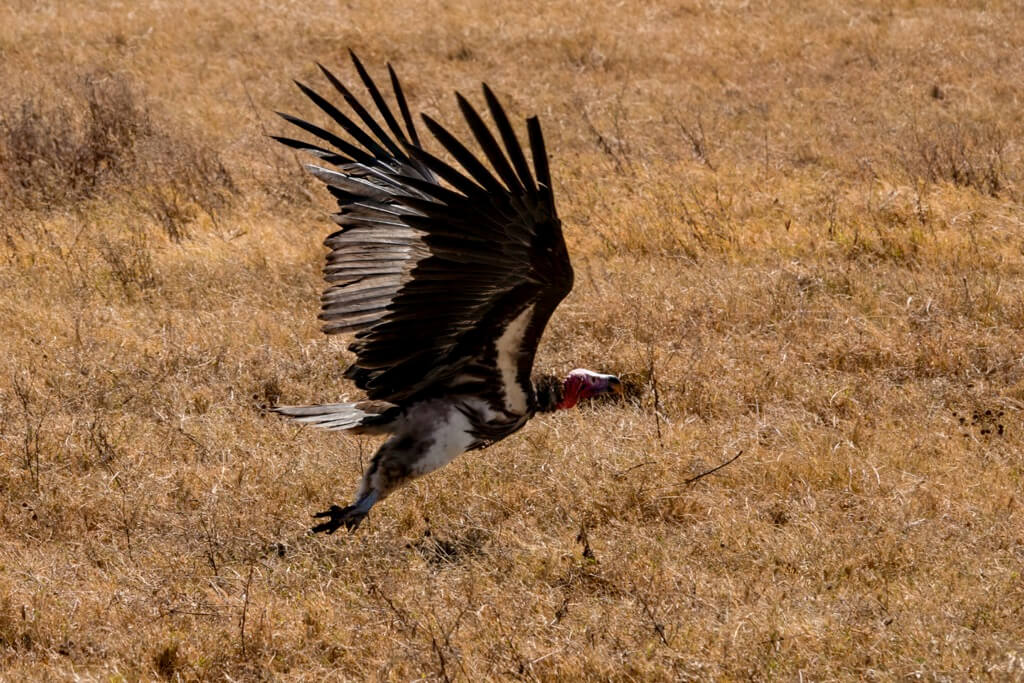
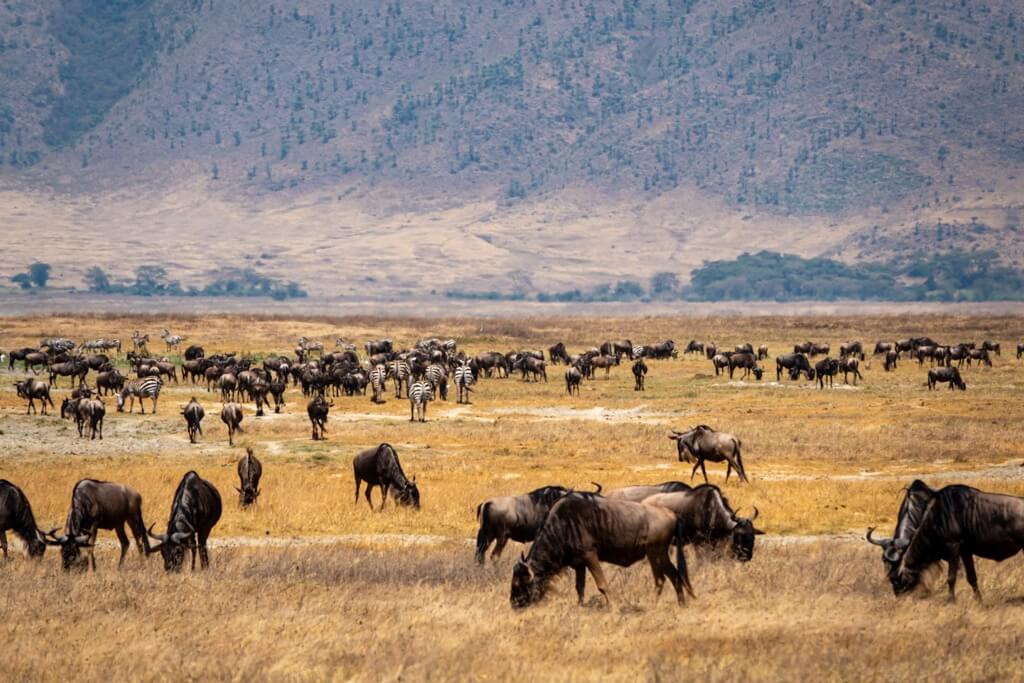
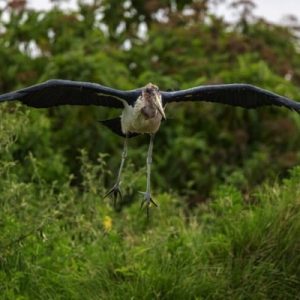
8,292 km²
1,027-3,522 m
June to September
April and May
The Ngorongoro Crater is a natural wonder and a UNESCO World Heritage site in northern Tanzania. This breathtaking caldera resulted from a massive volcanic eruption millions of years ago and is one of Africa’s most iconic landmarks.
The Ngorongoro Crater is nestled within the larger Ngorongoro Conservation Area, which spans over 8,000 square kilometres. The crater measures approximately 20 kilometres in diameter and offers a spectacular setting for wildlife encounters. Surrounded by towering walls, the crater floor is a self-contained ecosystem teeming with wildlife and stunning natural beauty.
The location of the Ngorongoro Crater adds to its allure. It is conveniently situated near popular safari destinations such as the Serengeti National Park and Lake Manyara, making it an essential stop on many safari itineraries.
The Ngorongoro Conservation Area is also rich in cultural significance. The Maasai people have lived in harmony with the wildlife and the land for centuries. Visitors to the area can learn about their traditional way of life, witness their vibrant ceremonies, and gain insights into their deep connection with the natural world.
Exploring the Ngorongoro Crater with experienced guides from Timon Safaris allows visitors to maximise their wildlife encounters. Their in-depth knowledge of the area and its inhabitants enhances the safari experience, providing valuable insights into the behaviours and ecological dynamics of the wildlife.
The Ngorongoro Crater boasts an extraordinary concentration of wildlife, earning it the reputation as Africa’s “Garden of Eden.” The crater’s unique ecosystem supports an incredible array of animals, making it a must-visit destination for wildlife enthusiasts.
Large herds of herbivores roam the vast grassy plains of the crater floor. These include wildebeests, zebras, gazelles, and elands, which provide a rich food source for predators within the crater. Lions, leopards, and cheetahs can often be spotted lounging in the shade or on the prowl, ready for a hunt. The Ngorongoro Crater is one of the best places in Africa to witness the drama of predator-prey interactions.
Elephants, buffaloes, and black rhinos also call the Ngorongoro Crater home, adding to its diverse wildlife population. These magnificent creatures can often be seen grazing or wallowing in muddy pools. The crater’s dense forests provide sanctuary for various primates, including baboons and vervet monkeys, swinging through the trees with agility and curiosity.
The Ngorongoro Crater is a birdwatcher’s paradise, with over 500 avian species recorded. Flamingos create a stunning pink hue on the soda lake, while raptors soar above in search of prey. From graceful storks and herons to colourful bee-eaters and weavers, the crater offers endless opportunities to observe and appreciate the diverse birdlife.

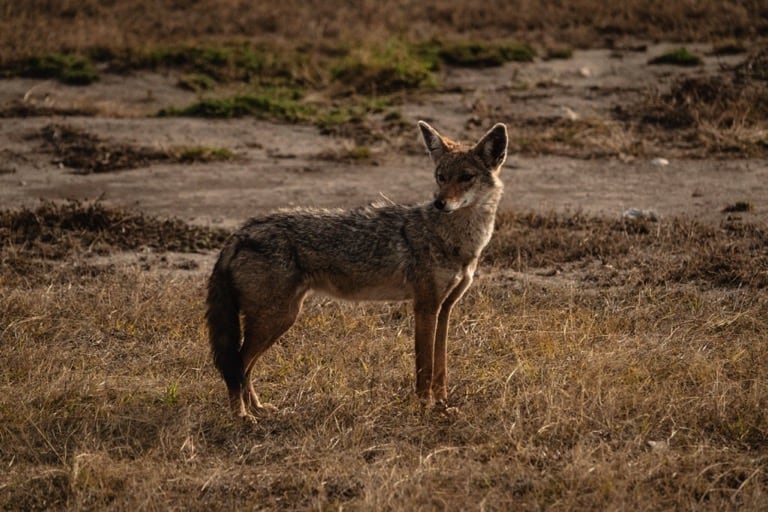
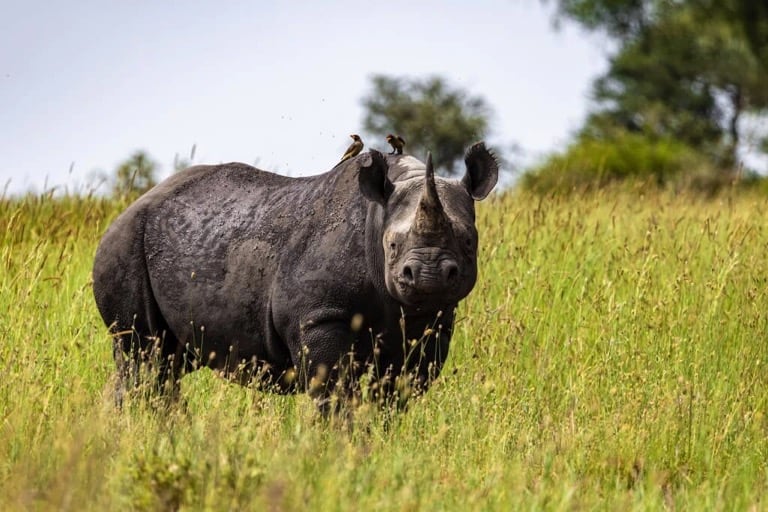
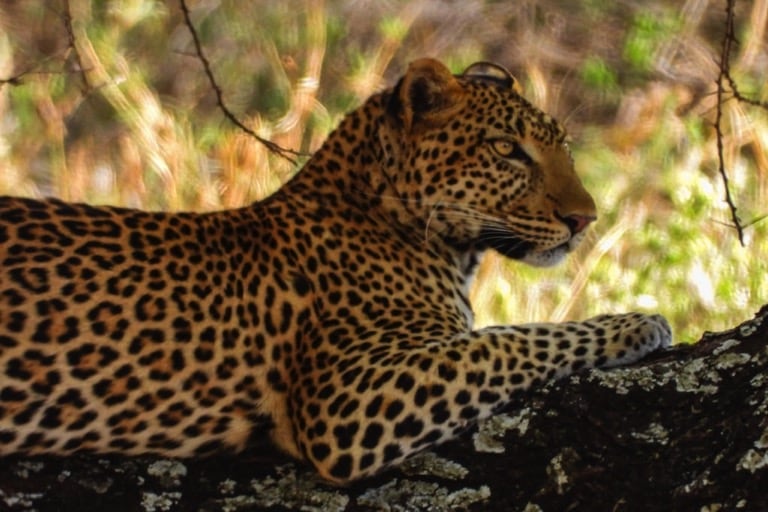
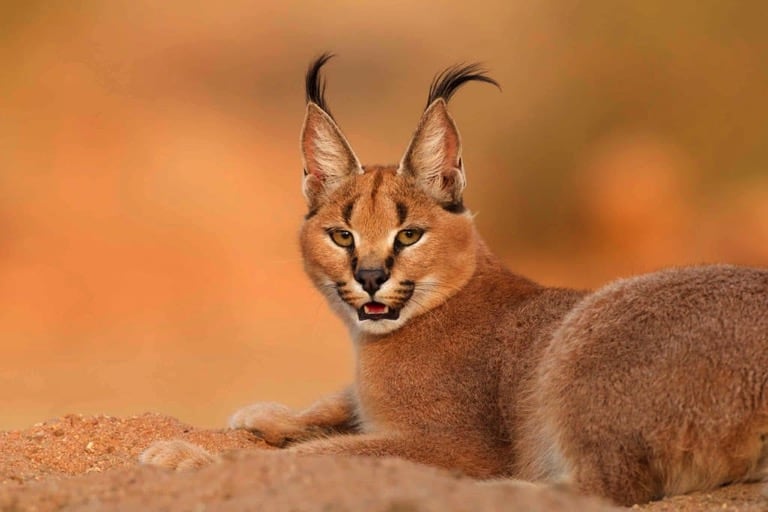
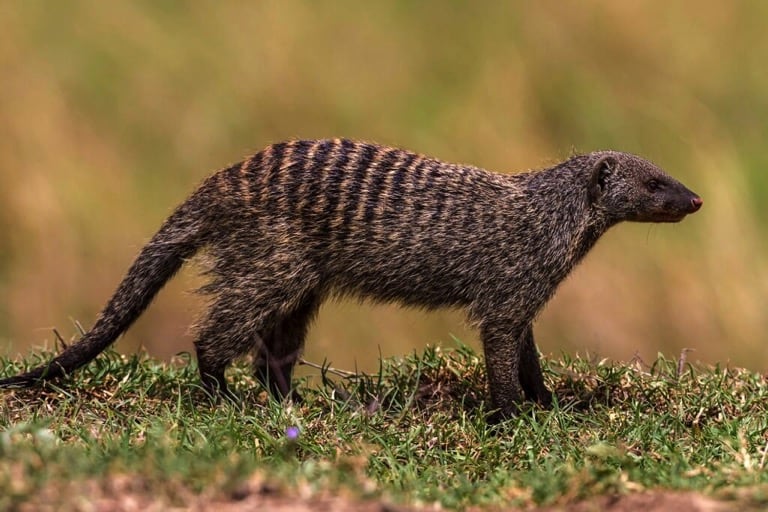
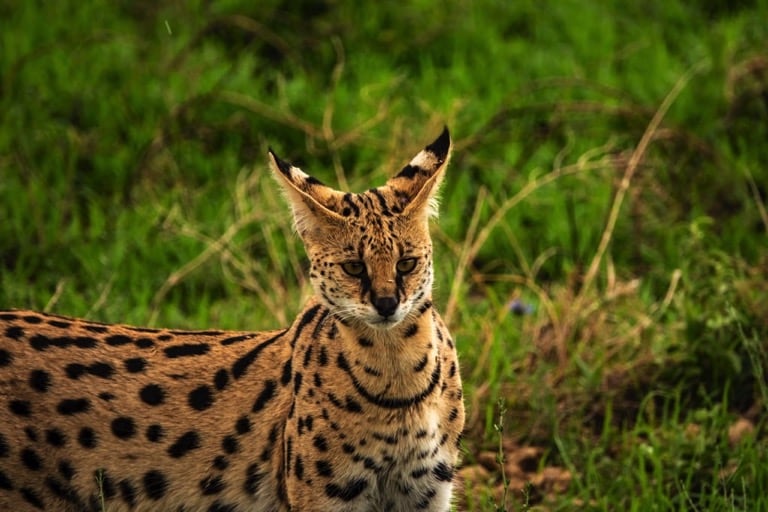

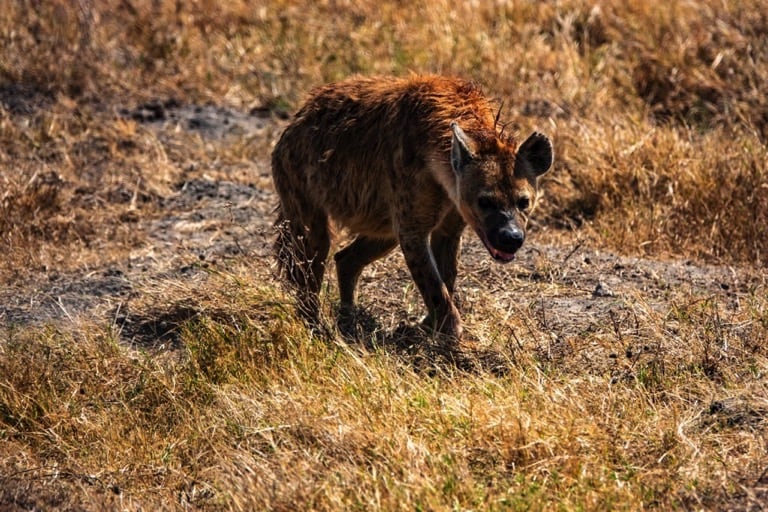
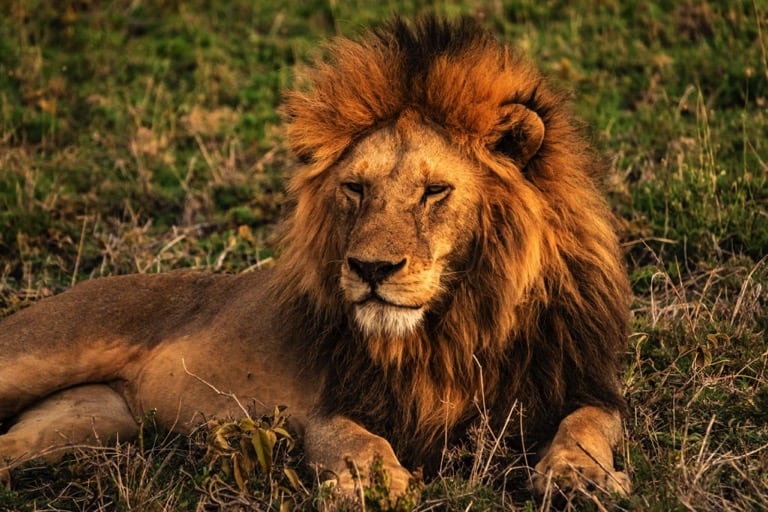
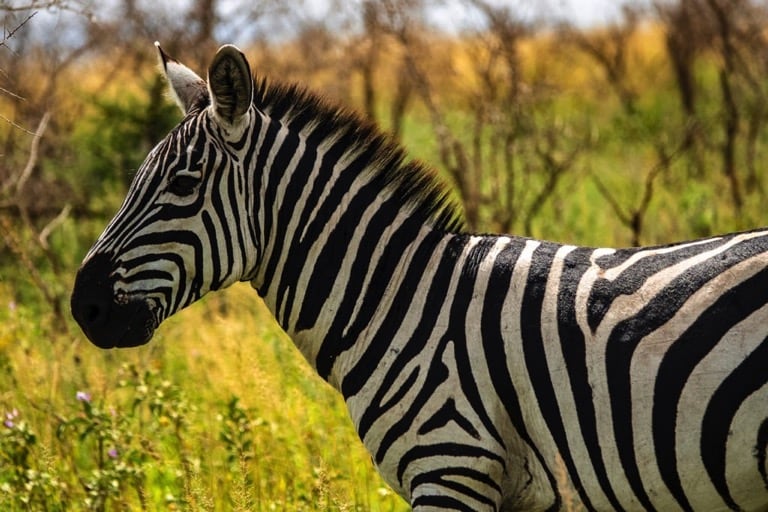


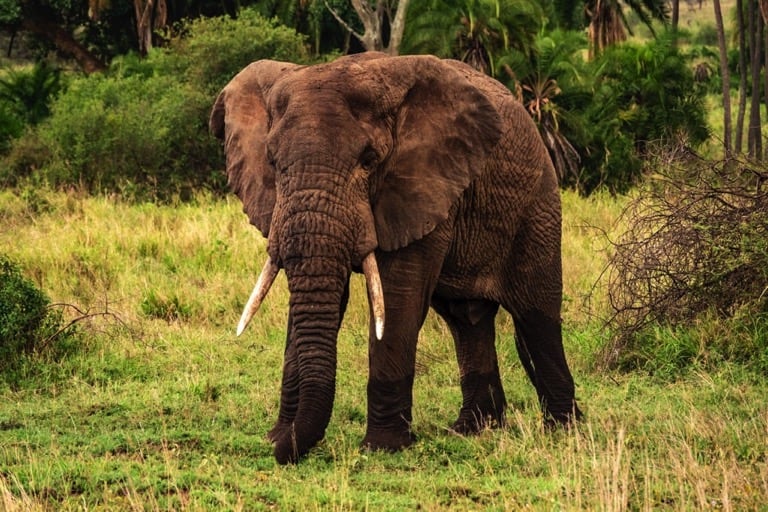
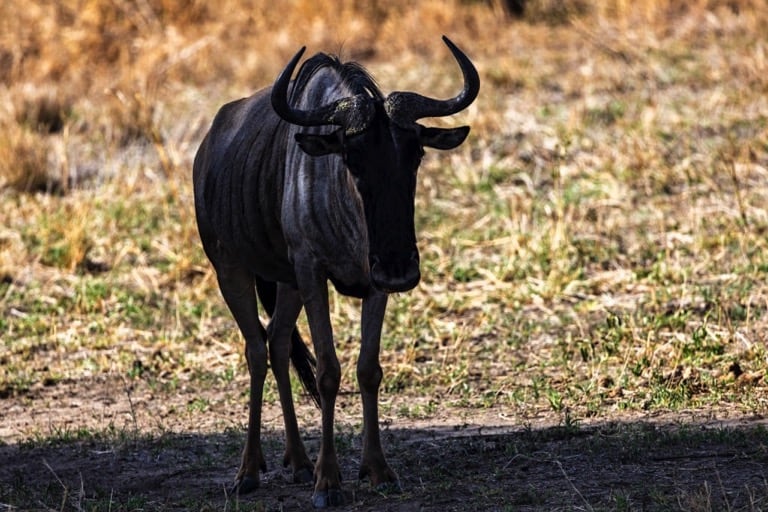

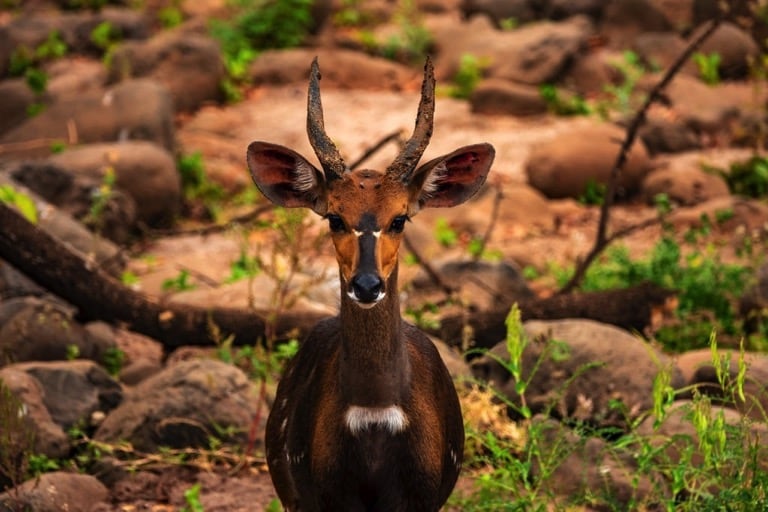

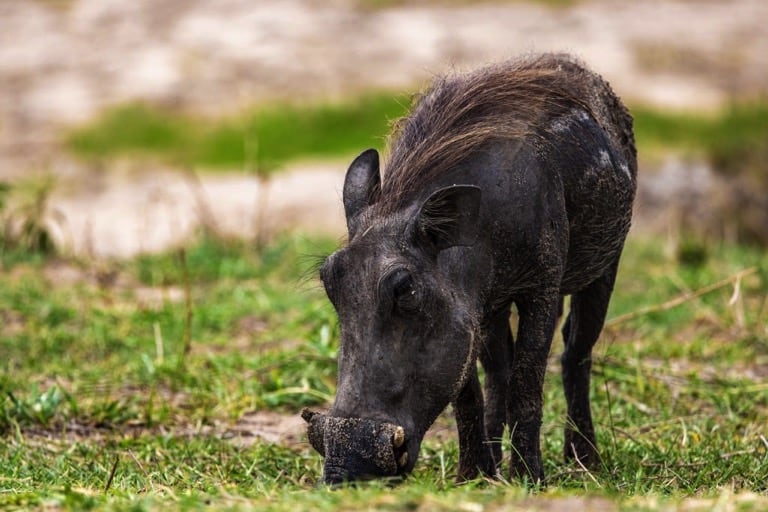
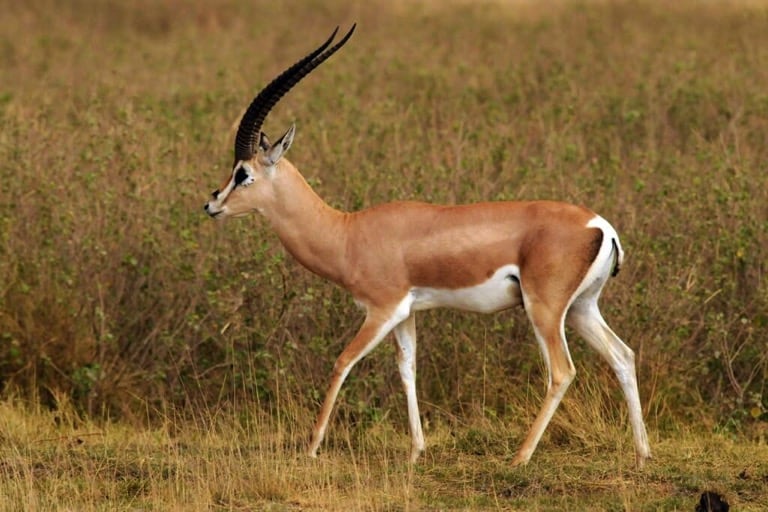
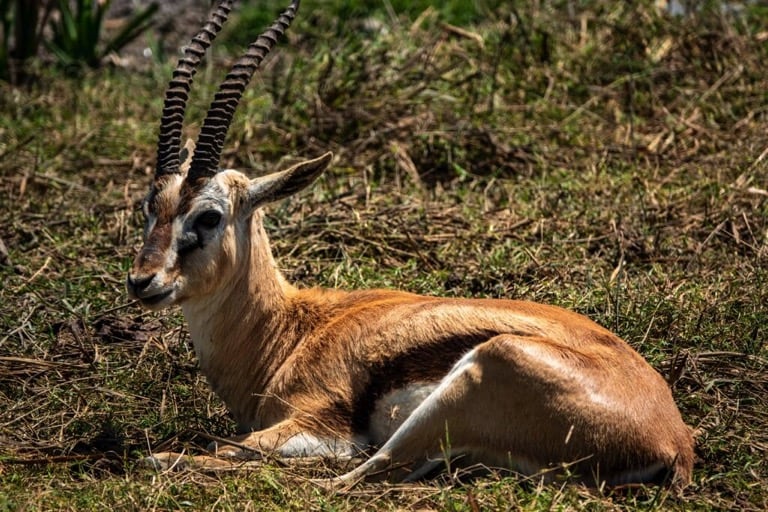


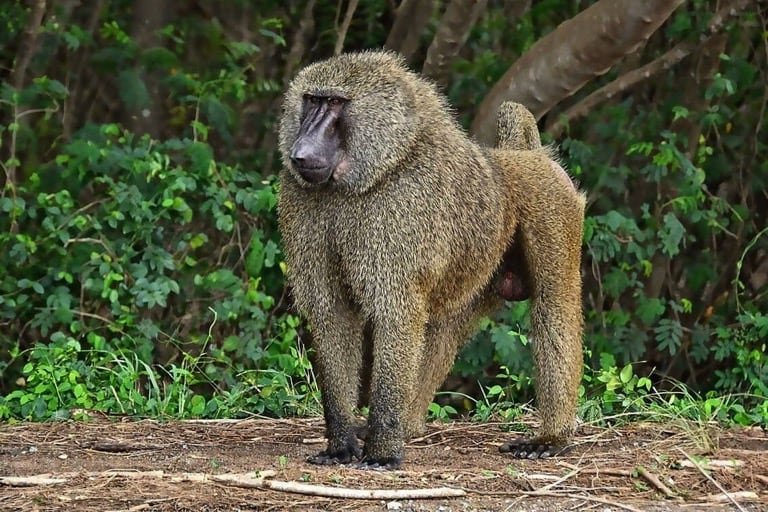

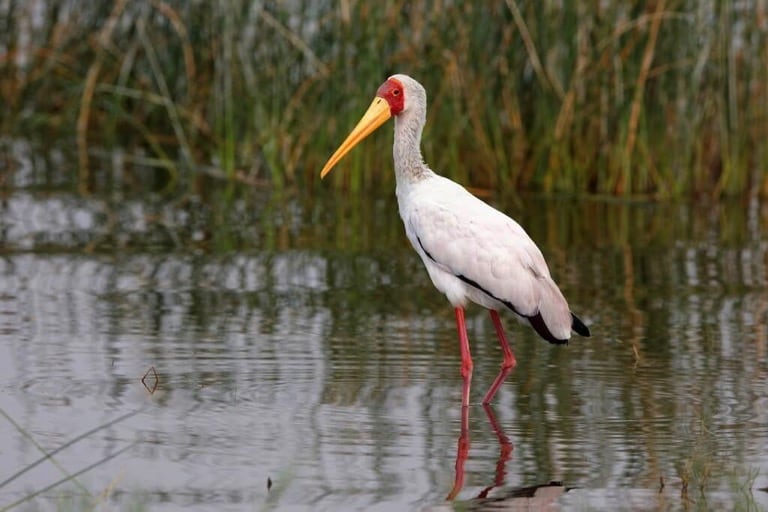
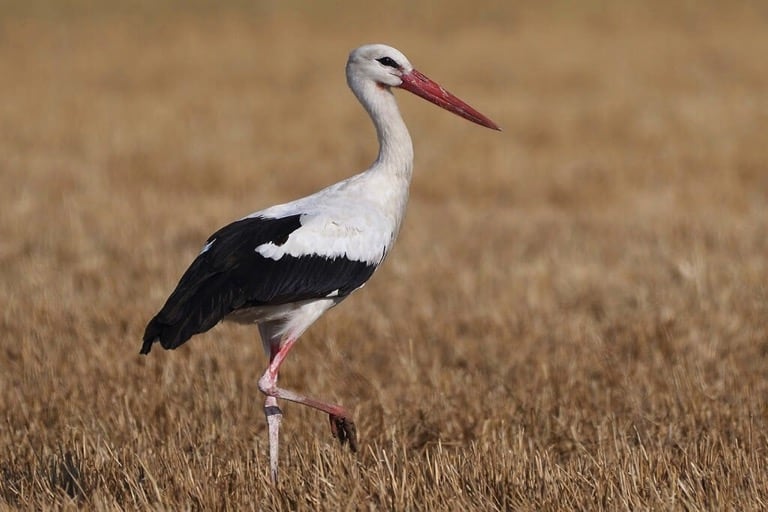

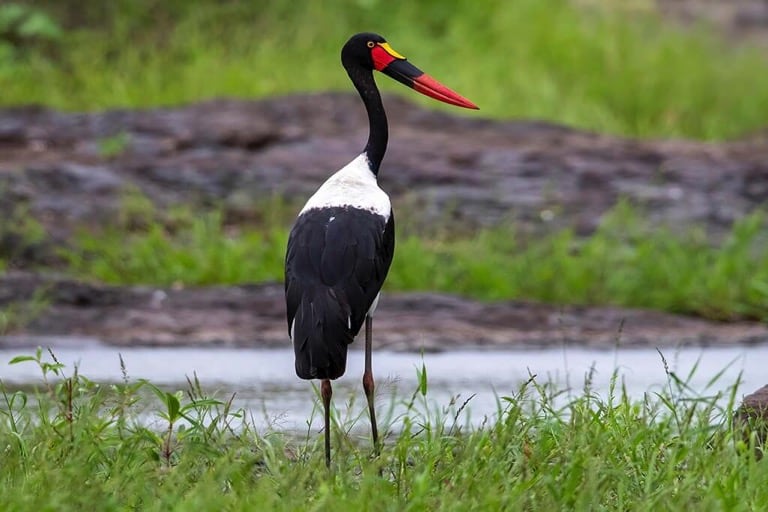

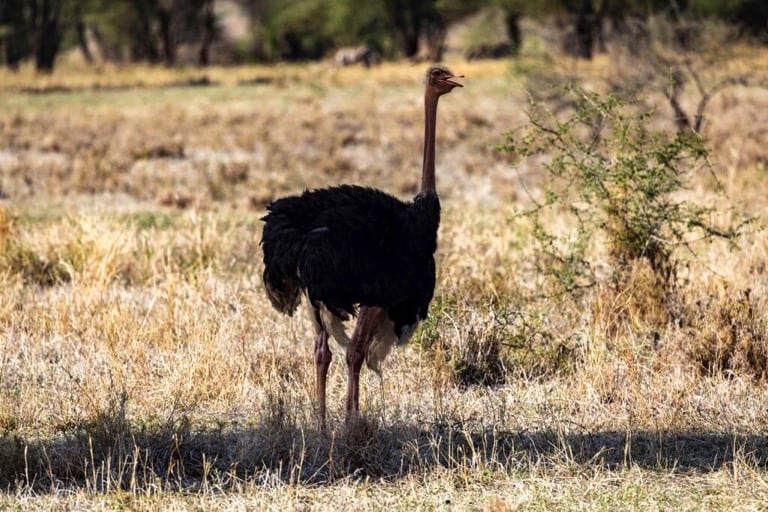
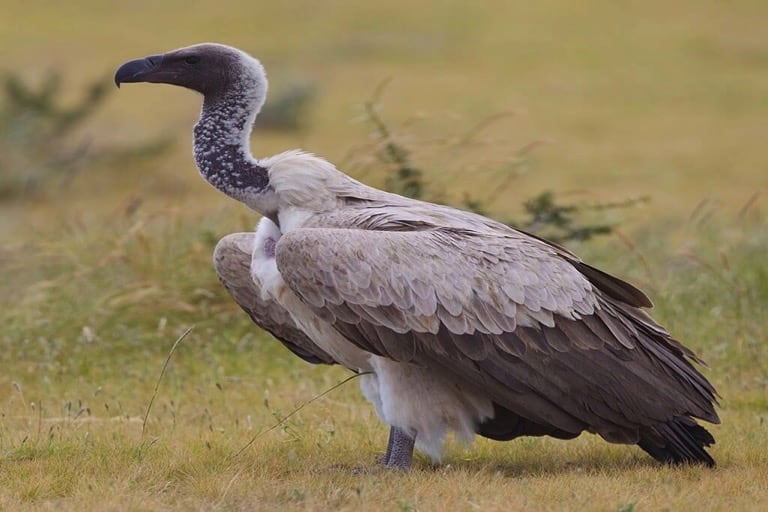
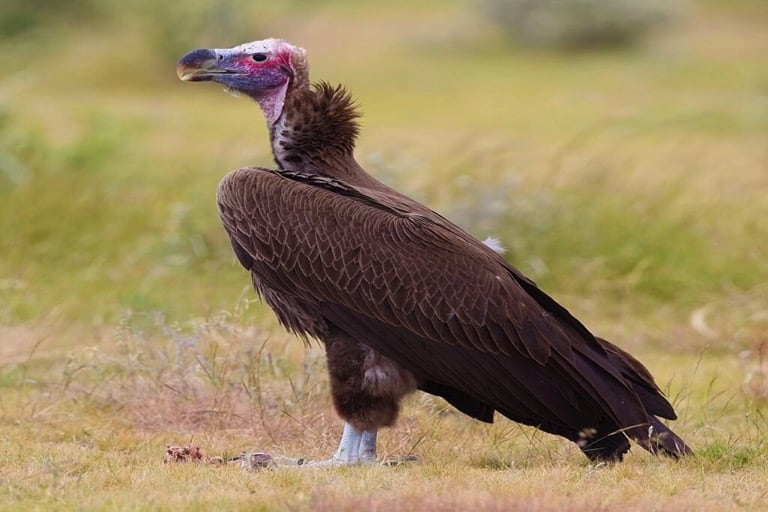

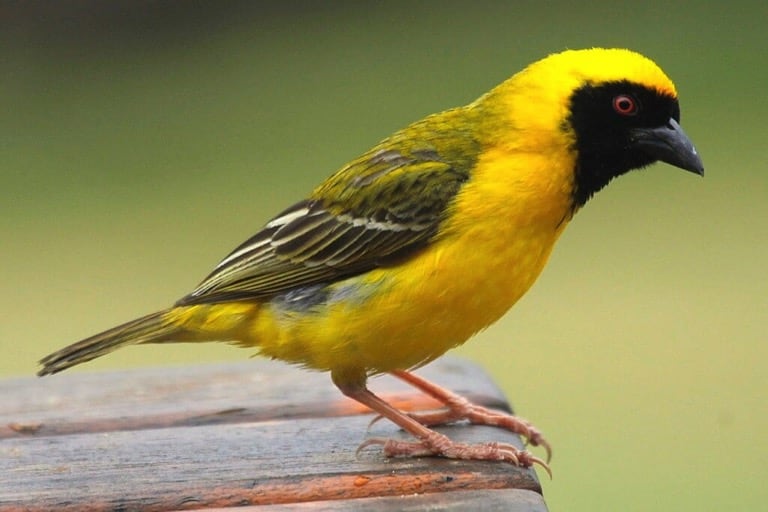
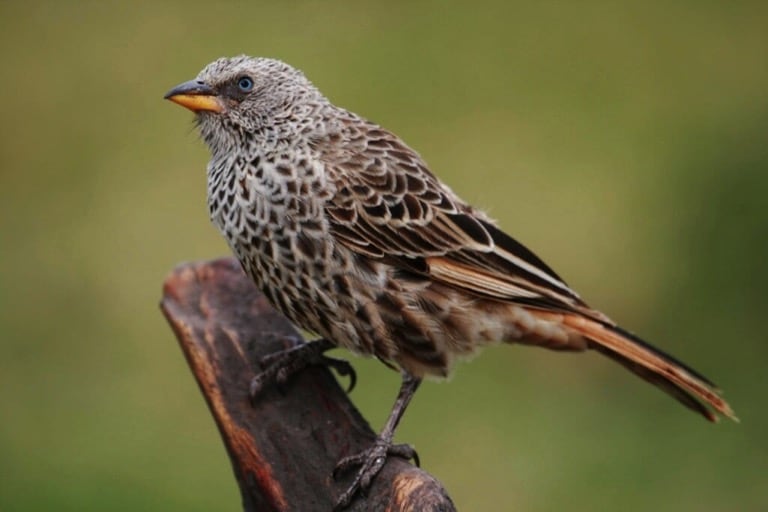
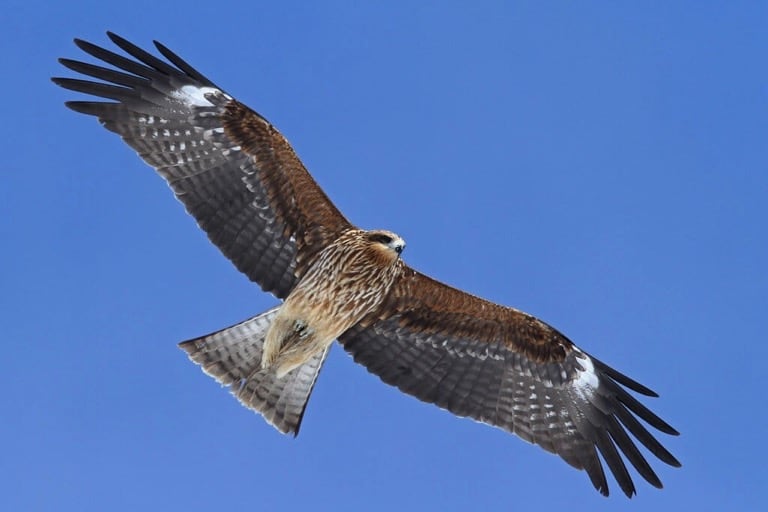
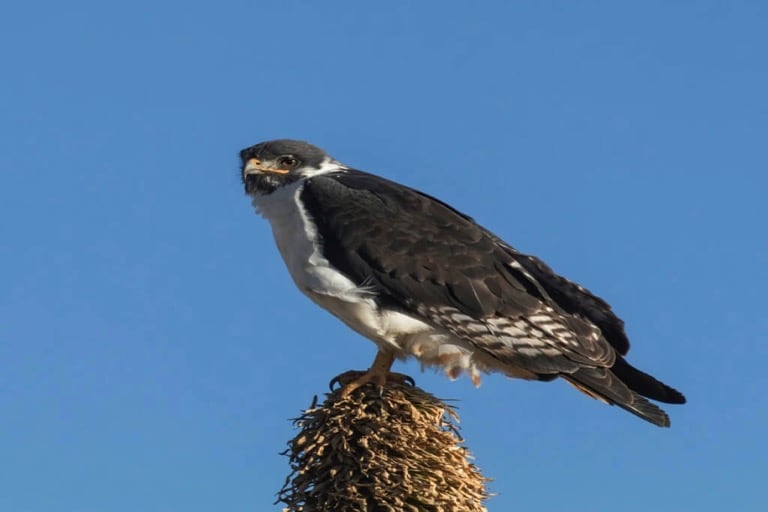
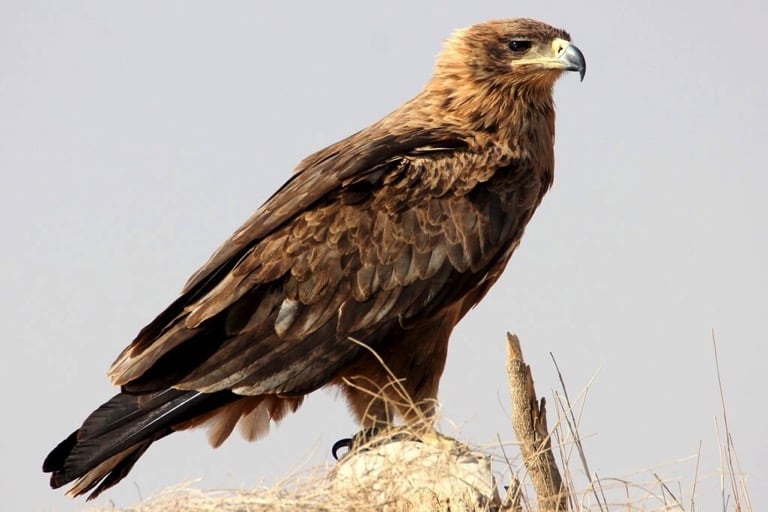
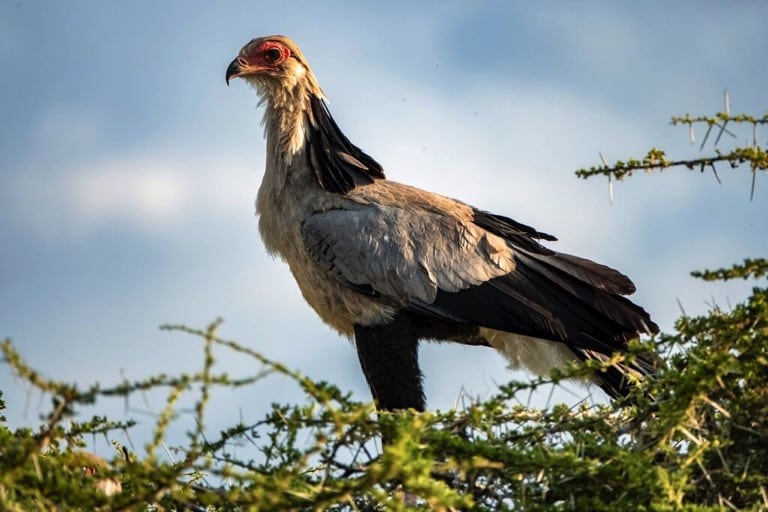
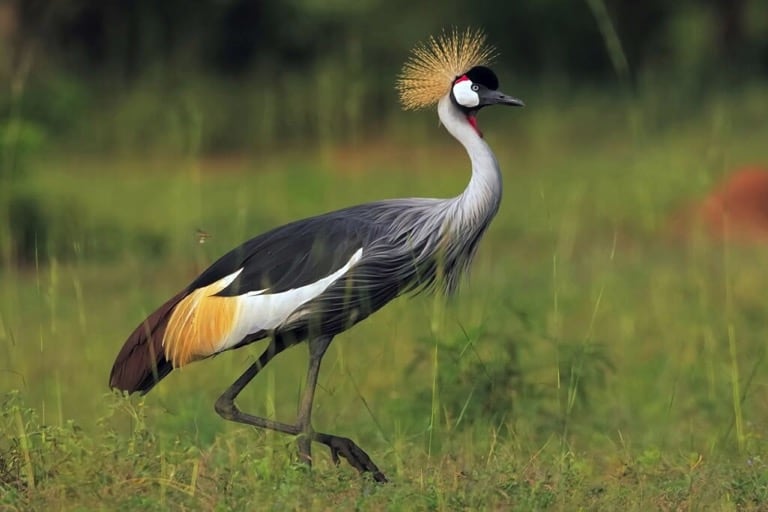

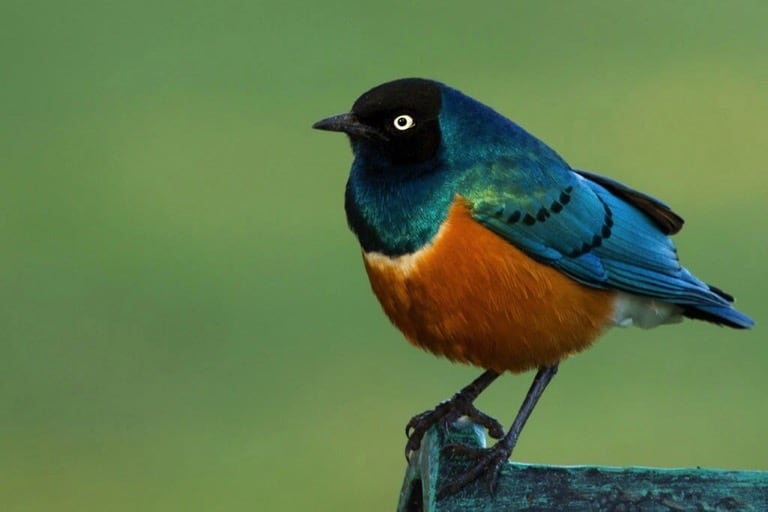
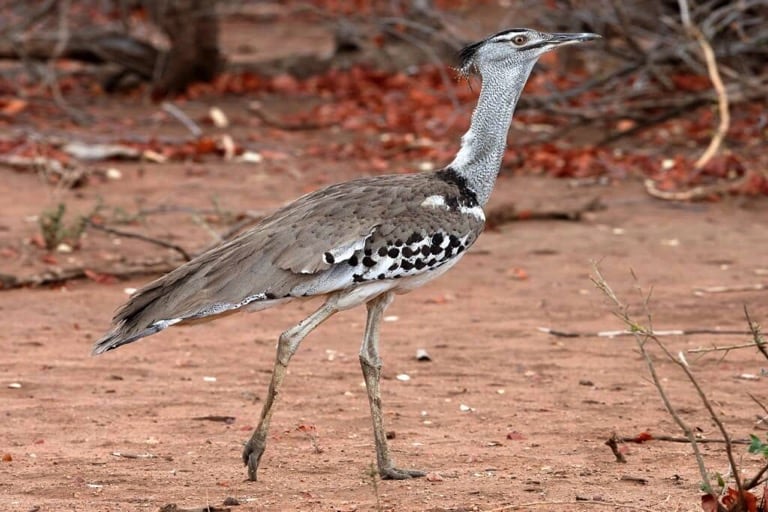
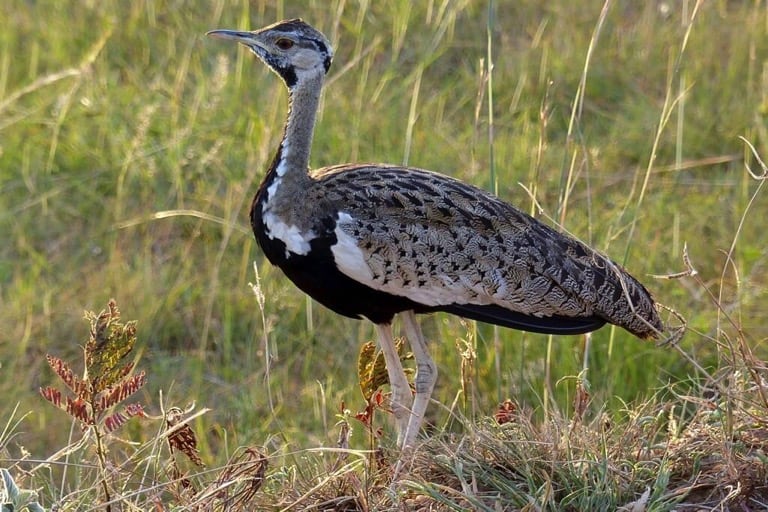
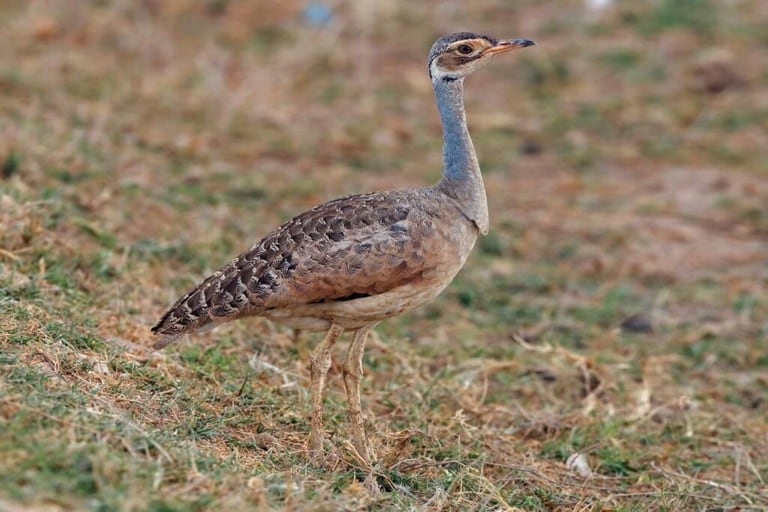

Subscribe to our newsletter and get the latest updates & news.
